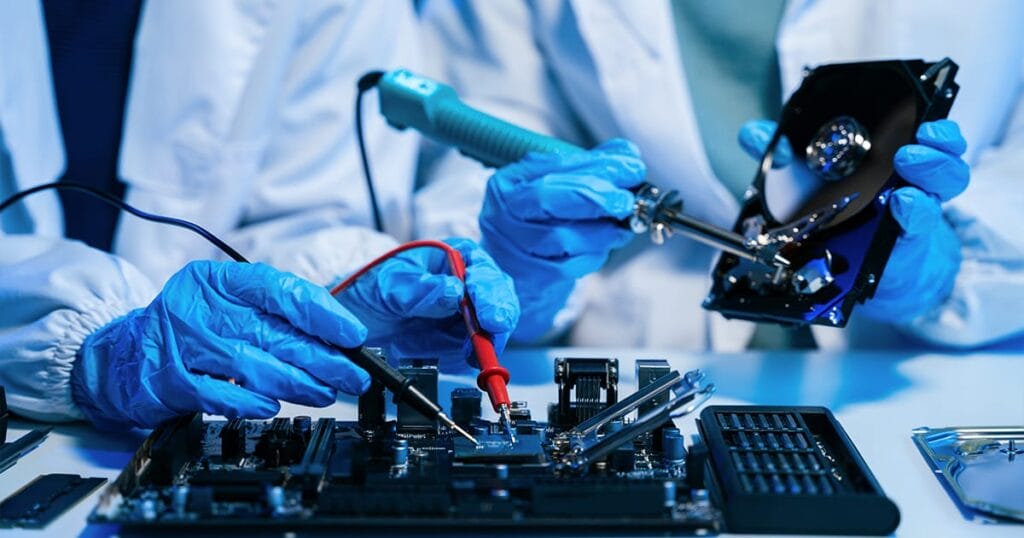
Best practices for using a cleanroom beard cover
In environments where sterility and cleanliness are paramount, a cleanroom beard cover play a crucial role in maintaining hygiene and preventing contamination. Facial hair, although not often considered, can be a significant source of contamination. Hair follicles, skin flakes, and even microorganisms can easily become airborne, posing a risk to the controlled environment. Thus, covering facial hair is essential to ensure the integrity of cleanroom operations.
The importance of using beard covers extends beyond mere compliance with hygiene standards. In industries like pharmaceuticals and biotechnology, where even minute levels of contaminants can lead to compromised products and processes, having a strict protocol for personal protective equipment (PPE) is non-negotiable. A beard cover is part of this comprehensive protective gear, safeguarding not only the products but also the reputation of the company. By implementing the use of a beard cover, firms contribute to a safer, more efficient work environment, aligning with Lindström’s commitment to enhancing safety and hygiene.
How to properly wear a cleanroom beard cover
Wearing a cleanroom beard cover correctly is vital to its effectiveness. Start by ensuring your hands are clean—use an alcohol-based hand sanitiser or wash thoroughly with soap and water. Then, carefully remove the cleanroom beard cover from its packaging, handling it by the edges to avoid contamination. Open the cover and place it over your chin and jawline, ensuring all facial hair is fully enclosed.
Adjust the cover by securing the loops behind your ears or tying it behind your head, depending on the design. It should fit snugly but comfortably, without gaps or discomfort. If you need to wear it for extended periods, make sure it allows for easy breathing and doesn’t cause skin irritation. Regular checks throughout the day can help maintain a proper fit. Remember, the goal is to create a barrier that effectively contains facial hair and any potential contaminants.
Choosing the right beard cover for your needs
When selecting a beard cover, consider the material, size, and brand, as these factors will influence comfort and effectiveness. Materials like polypropylene are commonly used due to their breathability and lightweight properties, making them suitable for prolonged use. Ensure the size is adequate to cover all facial hair without being too loose or tight.
Brands like Lindström offer a range of beard covers designed for specific needs, balancing protection with comfort. It’s worth exploring different options, as some may provide additional features like hypoallergenic properties or enhanced filtration. Ultimately, the right beard cover should meet your industry’s standards while also ensuring wearer comfort, reflecting Lindström’s ethos of caring for people and the planet.
Common mistakes to avoid
Several frequent errors can undermine the effectiveness of a beard cover. An improper fit is one of the most common, which can leave gaps for contaminants to escape. To avoid this, always ensure the cover is properly adjusted and fully encloses all facial hair. Another mistake is reusing disposable beard covers, which can lead to cross-contamination. Always replace disposable covers after each use.
Additionally, touching the beard cover frequently can compromise its integrity. It’s essential to train personnel on proper handling and the importance of minimising contact. By being aware of these pitfalls, you can ensure beard covers are used correctly, enhancing the cleanliness of your cleanroom environment.
Maintenance and disposal of cleanroom accessories
Proper maintenance is key for reusable beard covers. They should be washed regularly according to the manufacturer’s instructions, typically in a warm water cycle with mild detergent. After washing, ensure they are completely dry before reuse. Store them in a clean, dry place to prevent contamination. A reliable partner, such as Lindström takes care of maintaining products, while you as a customer can focus on your core business.
A disposable cover, on the other hand, require careful disposal. They should be discarded in designated bins for contaminated waste, following your facility’s protocols. This ensures compliance with cleanroom standards and reduces the risk of contamination. Lindström’s services can assist with both supply and compliance, offering an easy and adaptable solution for managing PPE in cleanroom settings.
Integrating beard covers into your cleanroom protocol
Incorporating beard covers into your cleanroom protocol involves more than just distribution. It requires training staff on their importance and proper use. Regular training sessions can help reinforce this knowledge, ensuring compliance and reducing the risk of contamination.
Monitoring compliance is equally important. Implement a system where compliance can be tracked, perhaps integrating technology like RFID tags to ensure all personnel are equipped properly before entering the cleanroom. By making beard covers a standard part of your cleanroom protocol, you align with Lindström’s mission to provide safe and sustainable solutions for a cleaner environment, enhancing both safety and efficiency in your operations.
In conclusion, using beard covers effectively in cleanrooms is crucial for maintaining hygiene and preventing contamination. By understanding their importance, choosing the right product, avoiding common mistakes, and integrating them into your protocol, you can ensure a safe and productive environment—one where Lindström’s expertise and innovative solutions play a central role in driving sustainable practices forward.




